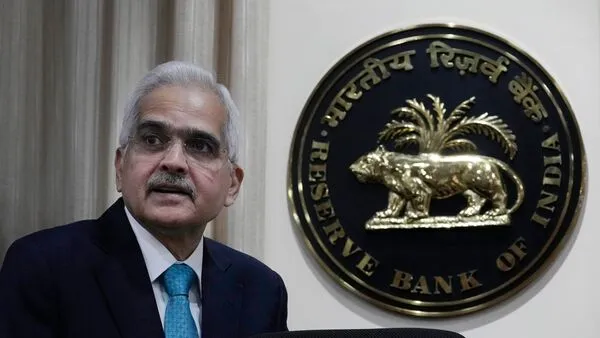All eyes in the financial world are stuck to the RBI’s bi-monthly Monetary Policy Committee (MPC) meetings. All concerned would be watching in October 2024 to see if RBI goes in for a cut in its repo rate in keeping with the US Federal Reserve Board decision to pause interest rates when it had hitherto increased them multiple times recently. RBI’s Monetary Policy is a signal of the interlinkage of global finance and its implications for India’s monetary policy, inflation, and growth.
Knowing About Repo Rate
It is the rate at which the RBI lends to commercial banks and forms a key instrument in regulating inflation as well as providing liquidity. An increase in repo rates tends to discourage borrowing when inflation is on an upward trajectory, thereby reducing economic activity but capping the surge in prices. A cut in repo normally comes across as an action to revive economic activity by letting people borrow at cheaper rates, thereby encouraging spending both on consumers and investments.
The US Federal Reserve’s policy impact
The US Federal Reserve action has a global impact. Whenever the Fed changes its rates, capital flows around the world change. For countries like India which have a high reliance on foreign capital, RBI policy decisions should consider taking into account the various domestic economic factors as well as international trends.
The rupee would have come under pressure anyhow had the Fed moved its tightening moves at the initial stages. Capitals tend to reverse as returns are higher in the US, and thus the RBI, holding or cutting rates, has to take care of such external pressures. The rupee has taken some hit already, and an even lower repo rate can only make things worse by weakening the currency. This is, however offset by higher US rates and a stronger dollar, which also ends up making Indian exports more competitive, giving businesses dependent on international trade an upper hand.
India’s Inflation Scene
The other prime factor working in favor of the MPC is inflation in India. A cut in the repo rate can spur demand but also fuel inflation further. As inflation remains above the RBI’s target range, central banking is likely to increase or maintain rates in an effort to cool price pressures. It is this balancing on a tightrope, which aims to promote economic growth at the same time as controlling inflation, that lies at the heart of the decision-making process by the MPC.
The RBI’s target inflation range is 2-6%. However, recent food price rises-notably of vegetables-have tested the upper bounds of this inflationary range. Although a rate cut would help ease some economic pressure especially on businesses and consumers who have to live with credit conditions, the challenge of price stability looms large.
Economic Growth and Global Markets
Considering India’s economic growth trajectory is crucial. Robust growth in the post-pandemic recovery phase does leave much to be desired in the context of sustainability. High borrowing costs have acted as a weight in sectors such as real estate and automobiles and small businesses, where repo rate cuts might help release some pressure, and hence more investments in such sectors can be encouraged, leading to job creation.
However, there is another dimension of complexity in terms of the global economic outlook. Global growth is slowing, and China’s recovery and the European market are uncertain. The exporting sectors of India are thus vulnerable to these concerns. Hence, the RBI may consider reducing its rate to stimulate consumption for balancing weaker external demand.
What way forward?
Now, the RBI finds itself caught in a situation between a rock and a hard place. While a repo rate cut would boost economic growth as well as business positivity, it cannot turn a blind eye towards inflationary pressures as much as other factors such as currency depreciation. Probably, such intricacies will define the outcome of the MPC decision, and the market will look out for where growth or inflation takes precedence.
In short, while this sets the direction for India’s near-term economic future, it is also reflective of the new reality globally, as central banks worldwide chart their course in a post-pandemic world. Markets and investors are hoping for a balanced approach that stimulates growth while keeping inflation well within control.
















